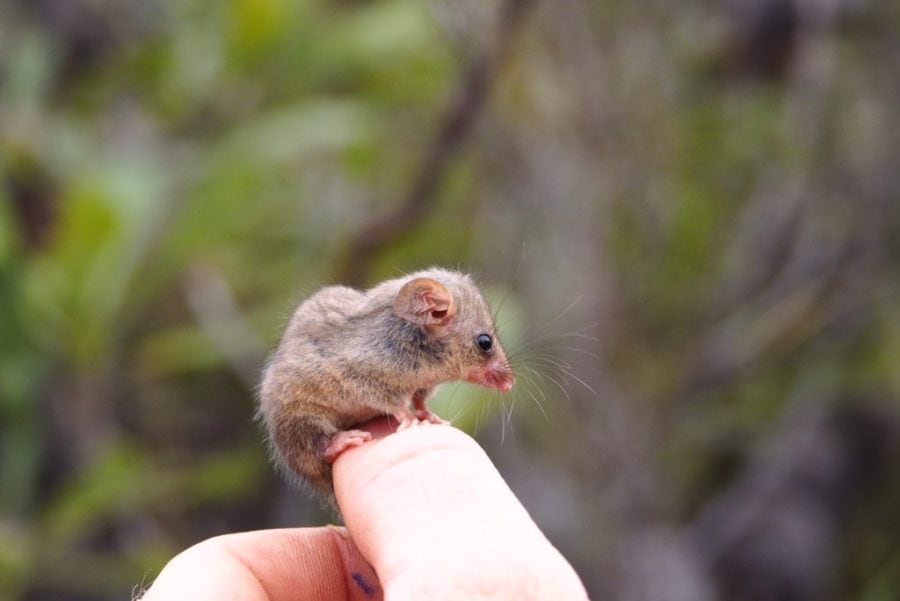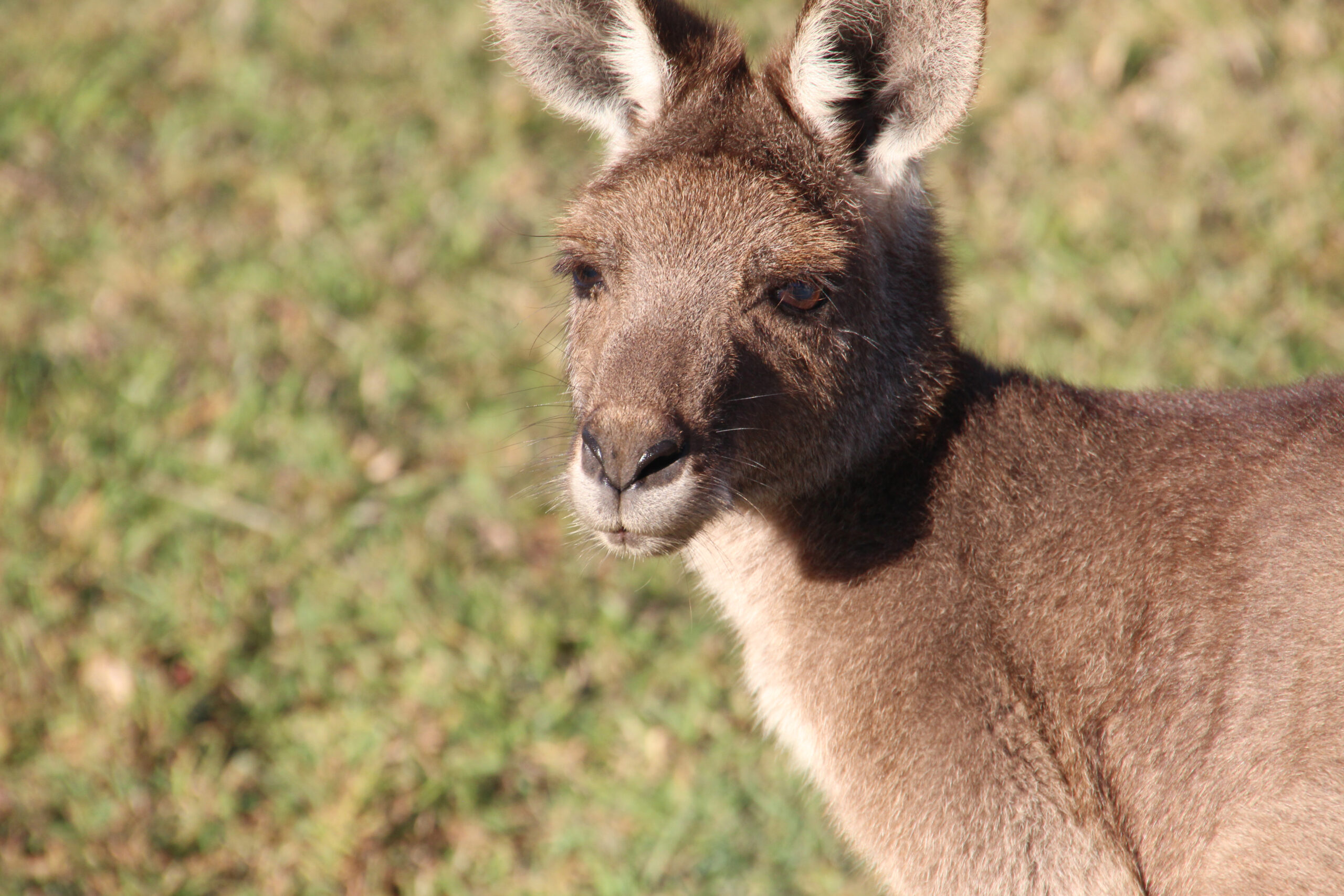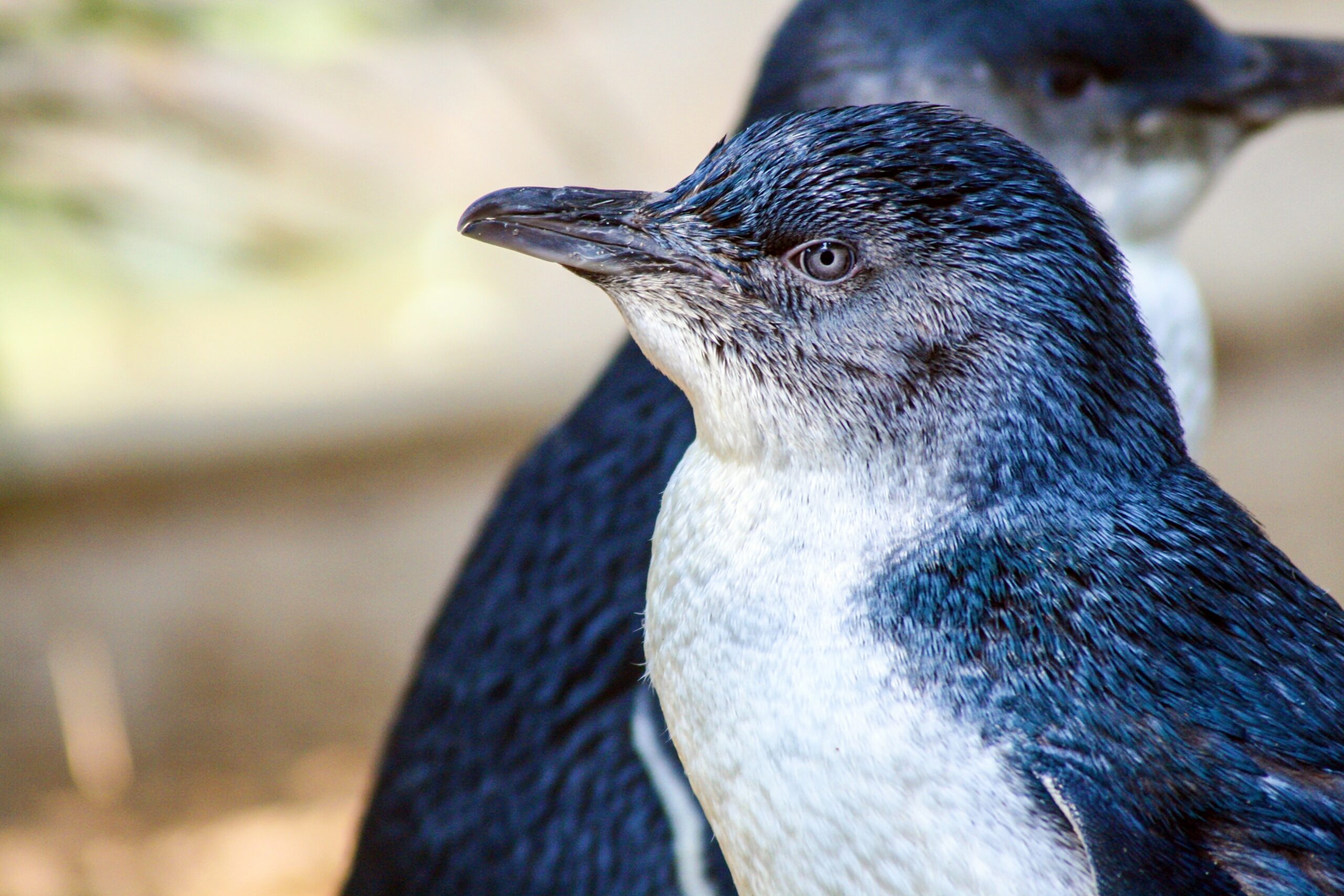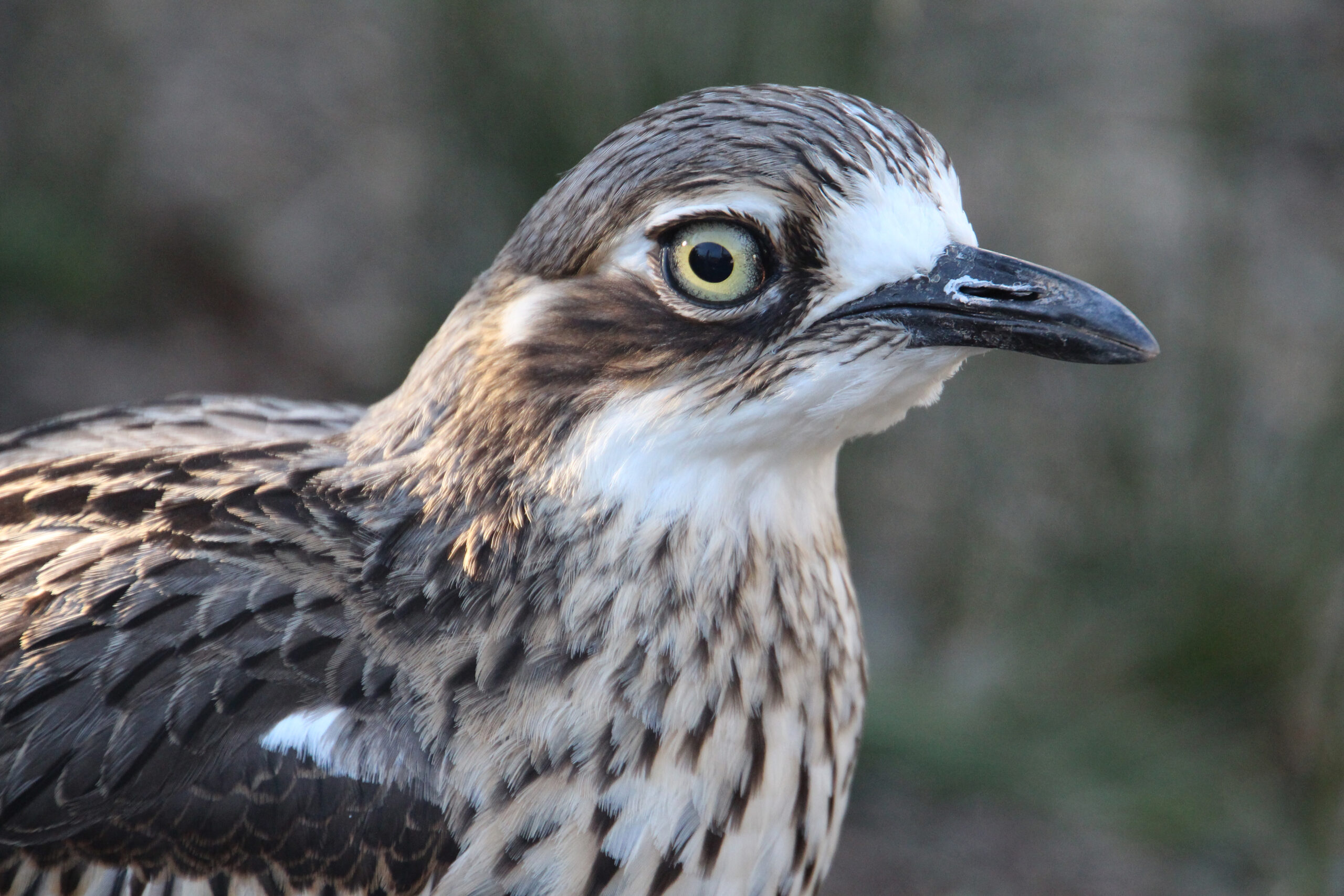| Common name | Eastern pygmy possum |
| Scientific name | Cercartetus nanus |
| Type | Marsupial |
| Diet | Nectar and pollen, as well as insects and fruit |
| Average lifespan | Most live between one and three years but males can live for up to five years and females up to 12. |
| Size | Between 7 and 11cm in length with a tail length between of 7.5 and 10.5cm long. |
Small enough to fit into the palm of your hand, the tiny fluff ball marsupial that is the eastern pygmy possum (Cercartetus nanus) easily tops the list of Australia’s cutest native animals.
More than just a sweet face, the eastern pygmy possum is an agile climber that plays the important role of pollinator, helping to maintain the health of the bush.
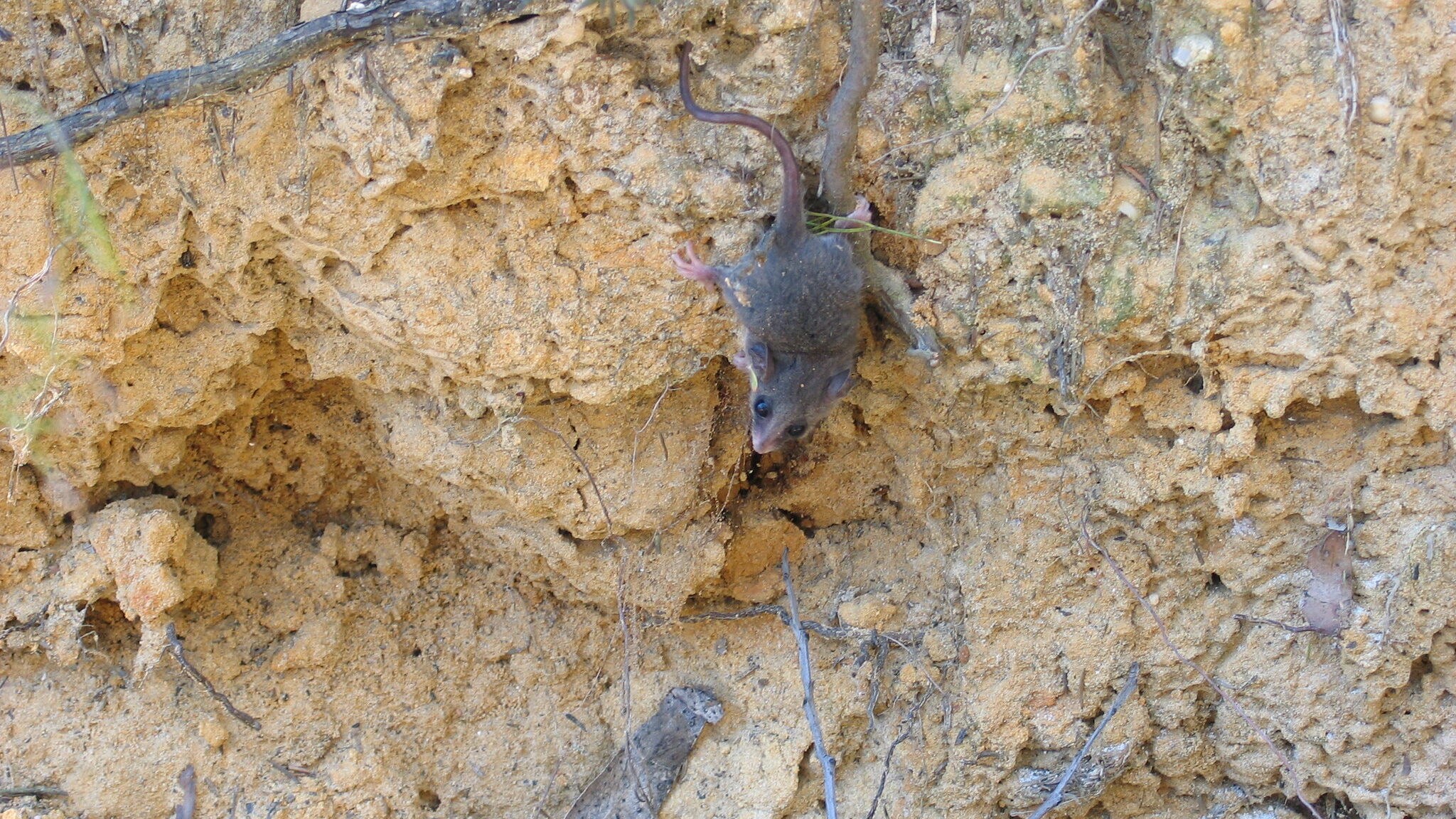
The eastern pygmy possum might be the size of a golf ball, but this tree dwelling critter is well equipped to fend for itself thanks to its almost bare prehensile tail, which can grip and curl easily, acting as a fifth limb.
With big, forward pointing ears, the eastern pygmy possum has light brown or fawn coloured fur on top and a white underbelly. Three sets of upper incisors and one pair of lower incisors fill their tiny mouth and large, bulging eyes and long whiskers add to the appeal of this tiny creature.
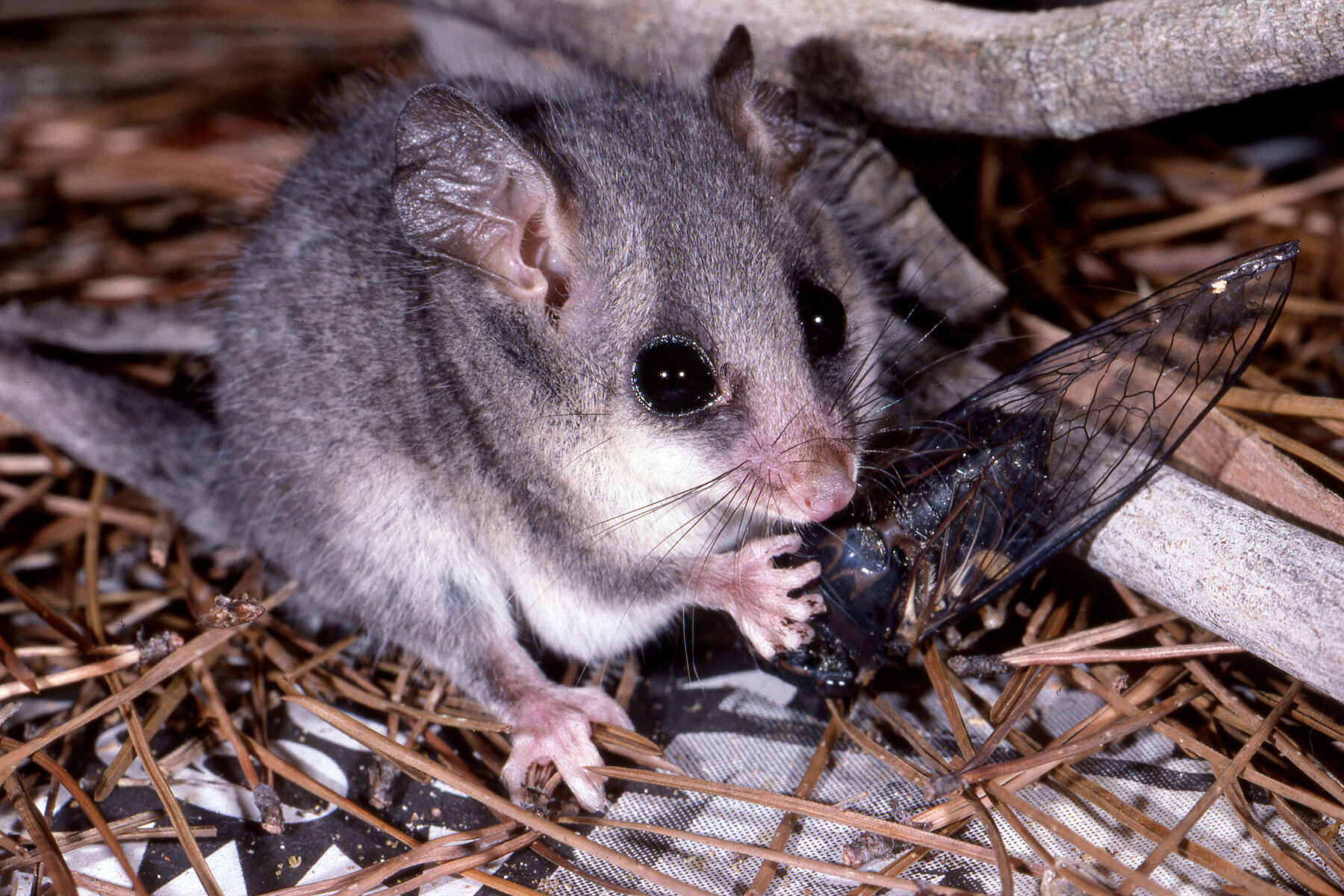
Sometimes mistaken as a rat or a mouse, the eastern pygmy possum can be found in south-eastern Australia, from southern Queensland, down to eastern South Australia and into Tasmania. Within New South Wales, this species of pygmy possum can be found inland from the coast as far as Pilliga, Dubbo, Parkes, and Wagga Wagga.
When it comes to setting up house, the eastern pygmy possum isn’t overly fussy and can be found in a wide range of habitats from woodlands, heaths, and rainforests, to sclerophyll forests (including Box-Ironbark).

Spending most of their hours high up in the treetops, the eastern pygmy possum prefers areas with a rich shrub understory and although breeding females build nests, they tend to shelter in tree hallows, rotten stumps, abandoned bird nests, holes in the ground and thick clumps of vegetation like grass-tree skirts.
Nocturnal, the eastern pygmy possum enjoys dinner after dark, feasting on nectar and pollen from eucalyptus, banksias, and bottlebrushes. If flowers are in short supply such as in wet forest habitats, these pygmy possums will eat fruit, seeds, or even insects. When the pygmy possum is well fed and food is plentiful, its long tail will swell with extra fat, and this can be drawn upon when the possum needs a boost.
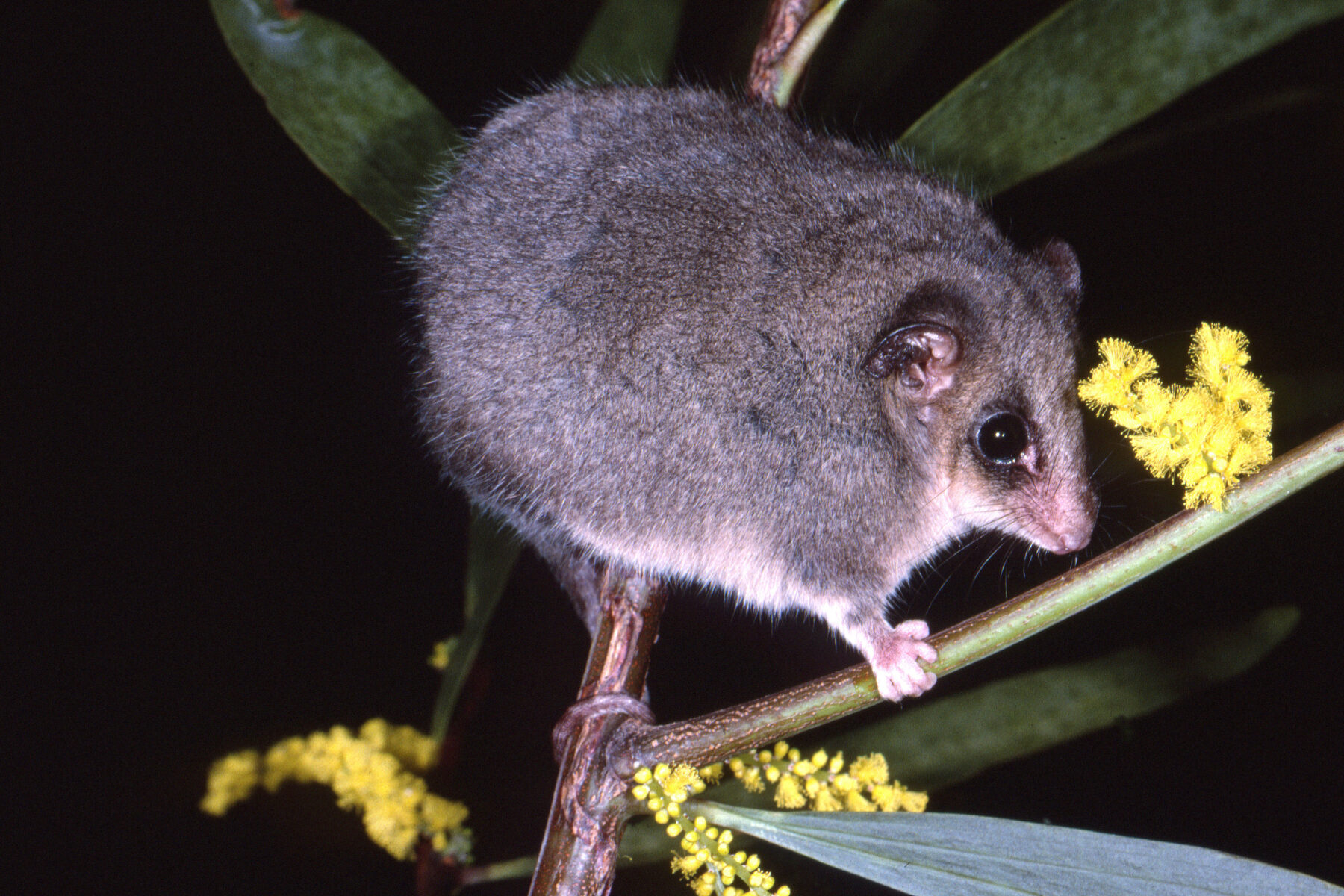
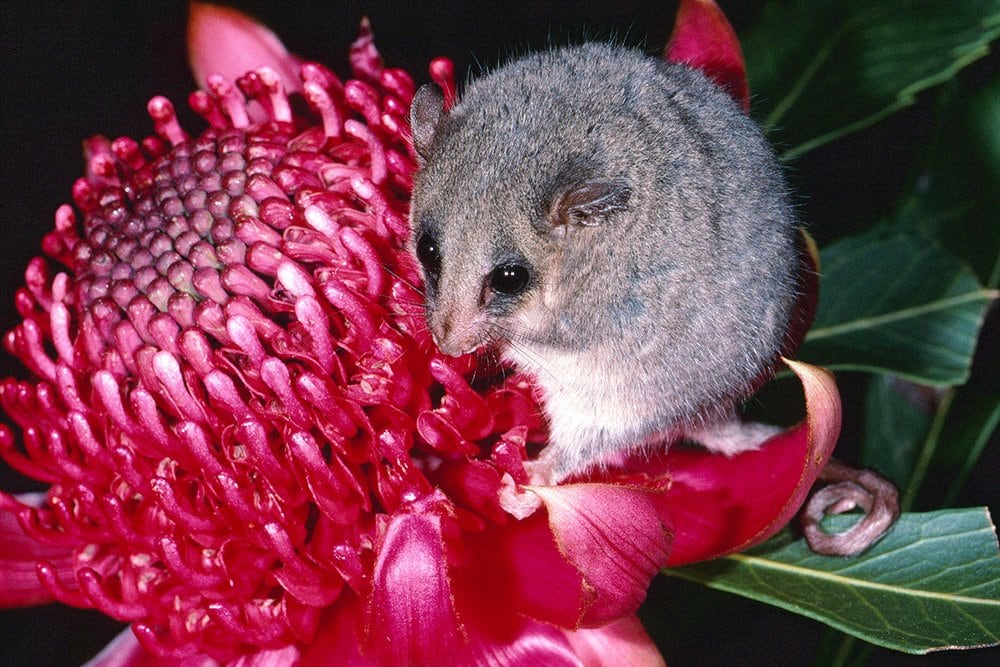
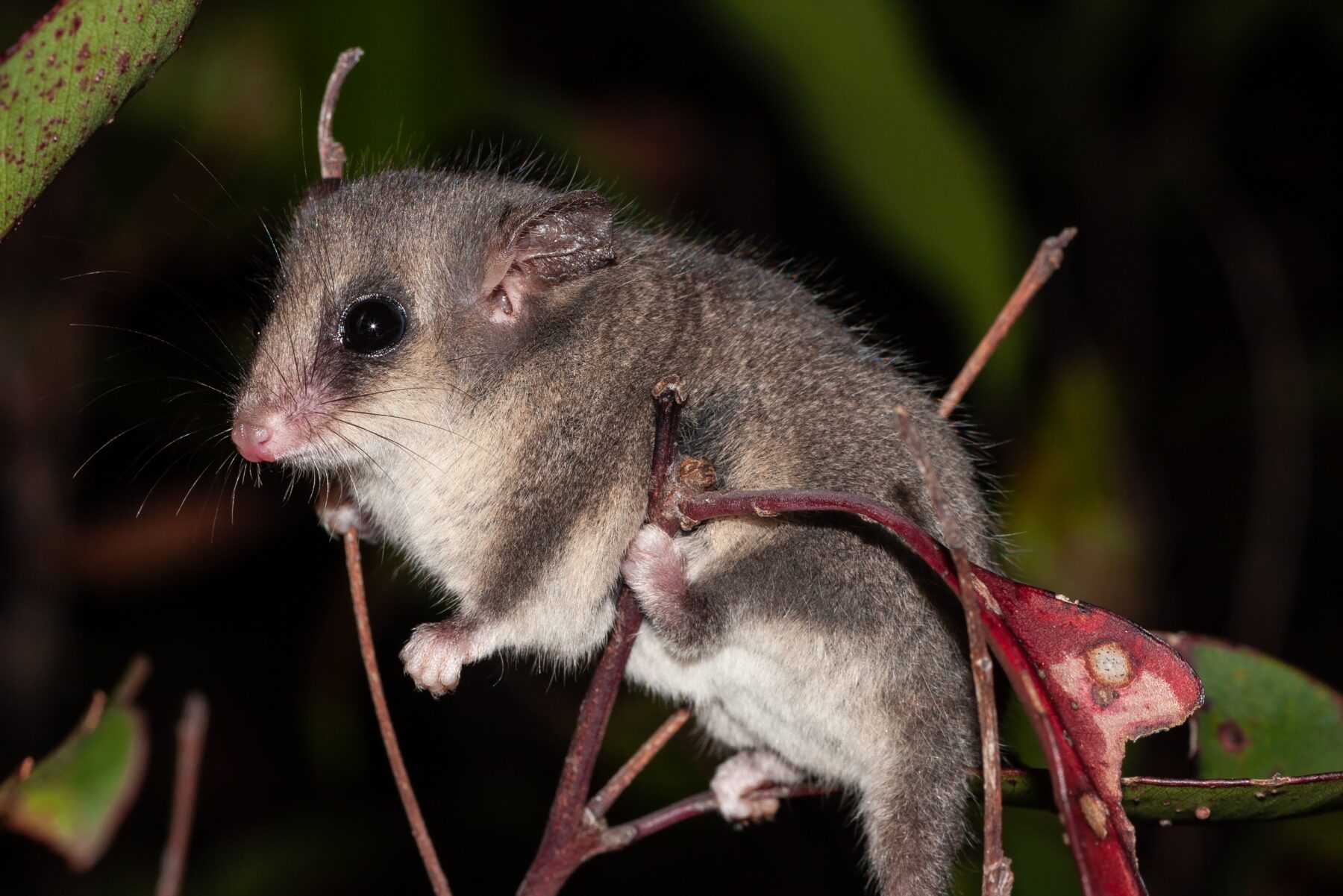
Young eastern pygmy possums are born mostly during late spring to late autumn, when food supplies are readily available. The female eastern pygmy possum will construct a small round nest by lining a safe, supported space like the fork in a tree or tree hollow with shredded bark and gives birth to between three and eight young. The young stay safe in the mother’s pouch for around 30 days and are weaned after 60 days and shortly afterwards, become independent at around 10 grams in size.
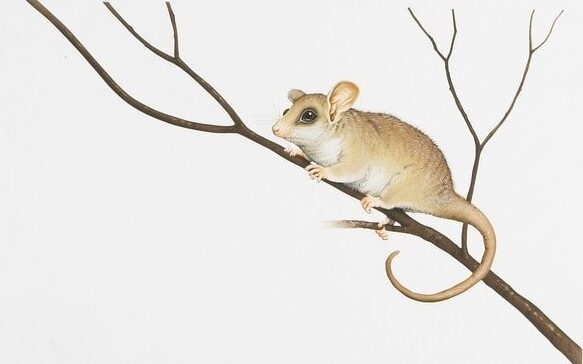
During times of stress or lack of food over winter, the eastern pygmy possum can enter a hibernation-like state known as torpor. This is when the animal decreases its metabolism in order to reduce its energy expenditure, usually doing so curled in a tight ball within its nest, giving the appearance of being in a deep sleep.

